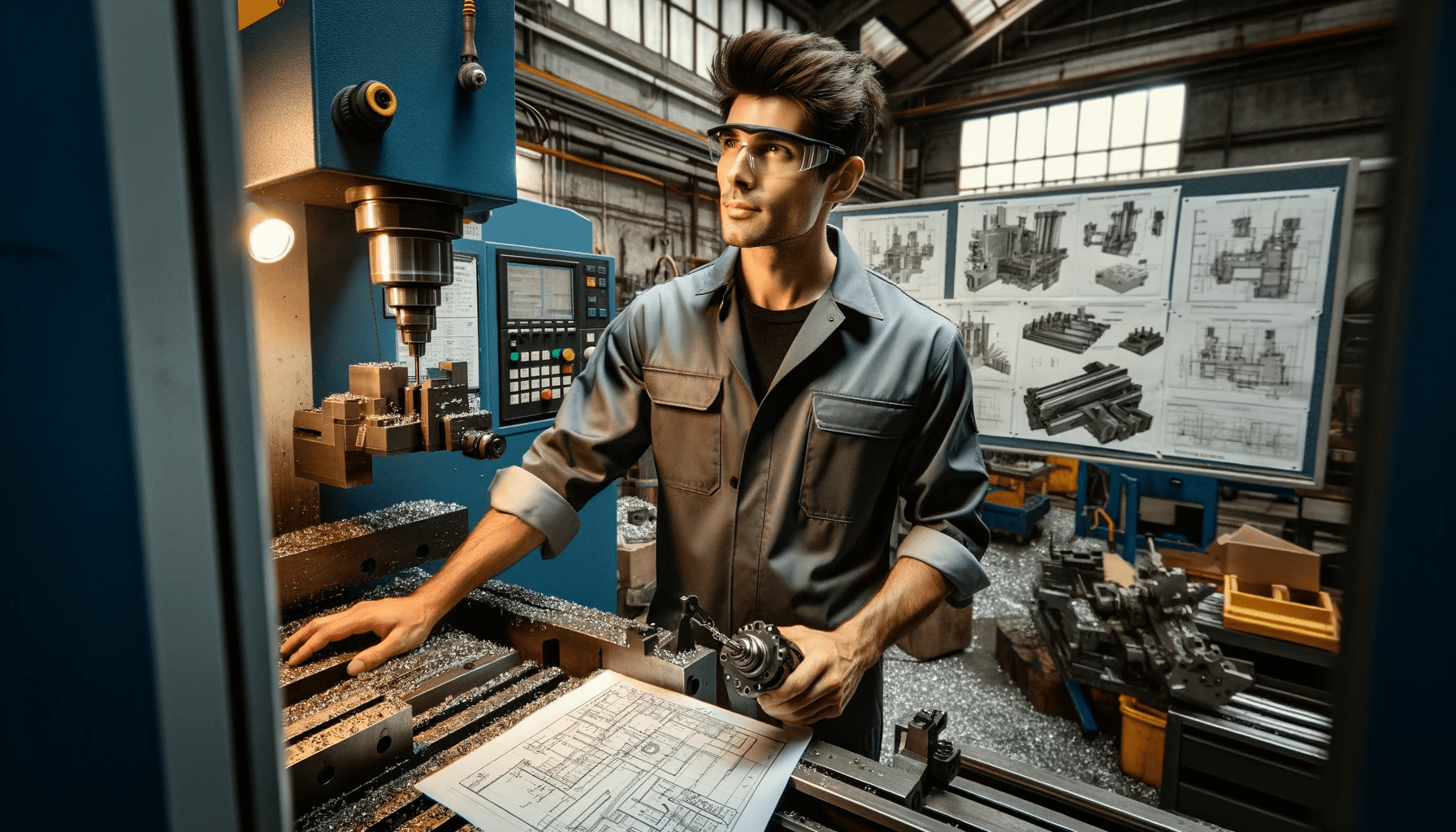Understanding the Basics of 3D Printing
3D printing, also known as additive manufacturing, is a technology that creates three-dimensional objects from a digital file. The process involves layer by layer deposition of material, typically plastic or metal, by a printer that follows a preprogrammed path to form the desired shape. This method’s advantage is its ability to produce complex geometries that are not possible with traditional manufacturing techniques.
The primary types of 3D printing technologies include Fused Deposition Modelling (FDM), Stereolithography (SLA), Selective Laser Sintering (SLS), and Direct Metal Laser Sintering (DMLS). Each of these processes has its unique characteristics and applications. For instance, FDM is widely used for prototyping and small-scale production due to its low cost, while DMLS is used for high-strength, precision parts.
Despite the versatility of 3D printing, it has its limitations. The process is relatively slow, making it unsuitable for mass production. The range of materials that can be used is also limited, and the parts produced often require post-processing to achieve the desired surface finish and precision.
Exploring the Core Principles of CNC Machining
CNC (Computer Numerical Control) machining is a subtractive manufacturing process that involves removing material from a workpiece to create a desired shape. It uses computer-aided design (CAD) files to control the tooling paths, enabling the production of parts with high precision and consistency.
CNC machining can be used with a variety of materials, including metal, plastic, and wood, and it has wide-ranging applications across industries. The most common types of CNC machines are mills, lathes, and routers, each suited to different types of work. For example, mills are used for cutting hard materials like metal, while routers are used for softer materials like wood and plastic.
Although CNC machining is highly accurate and can produce parts at a high rate, it has its drawbacks. It is expensive, particularly for small production runs, and cannot easily produce complex geometries. Additionally, it generates waste material, which can be an environmental concern.
Interplay of 3D Printing and CNC Machining
3D printing and CNC machining are complementary technologies that can be combined in a process known as hybrid manufacturing. In this approach, a part is first 3D printed to create a rough shape, and then CNC machined to achieve the required precision and surface finish. This method leverages the strengths of both processes while mitigating their weaknesses.
This combination allows for the creation of parts with complex geometries that would not be possible with CNC machining alone. Additionally, it enables the use of a wider range of materials than is possible with 3D printing. For instance, a part may be 3D printed from plastic and then machined to include metal components.
Moreover, hybrid manufacturing can be more efficient and cost-effective than using either process alone. By 3D printing a part to near-net shape, less material is needed and less waste is generated when it is machined. This can lead to substantial savings in material costs and environmental impact.
Advantages of Combining 3D Printing with CNC Machining
The combination of 3D printing and CNC machining offers several advantages. Firstly, it opens up new possibilities for product design. Designers are not restricted by the limitations of a single manufacturing process and can create parts with intricate shapes and features that were previously impossible or impractical.
Secondly, hybrid manufacturing allows for the production of parts with a high degree of precision. While 3D printing can create a rough approximation of the part, CNC machining can refine it to the exact dimensions and surface finish required. This is particularly important in industries like aerospace and medical devices, where precision is critical.
Lastly, combining 3D printing with CNC machining can increase efficiency and reduce costs. By 3D printing a part close to the final shape, less material is wasted in the machining process. Also, the speed of 3D printing can offset the slower, more expensive CNC machining, resulting in a quicker and more cost-effective overall process.
Practical Applications of Hybrid Manufacturing
Hybrid manufacturing is increasingly finding applications in a range of industries. In the aerospace sector, companies like Boeing and Airbus use it to produce lightweight yet durable parts. In the automotive industry, it is used to create complex components like engine parts and gearboxes.
In the medical field, hybrid manufacturing allows for the creation of custom prosthetics and implants. By 3D printing the part to approximate the patient’s anatomy and then machining it for precision fit, healthcare providers can offer personalized solutions that improve patient outcomes.
Even in the realm of consumer goods, hybrid manufacturing is making inroads. It is used to create customized products like jewelry, watches, and even musical instruments that combine unique design with high precision.
Future Prospects of 3D Printing and CNC Machining
The future of manufacturing lies in the integration of 3D printing and CNC machining. As technology advances, we can expect to see even more sophisticated hybrid systems that can handle multiple materials and processes in a single operation.
The rise of Industry 4.0, with its emphasis on digitalization and automation, will further drive the adoption of hybrid manufacturing. With advanced software and control systems, manufacturers will be able to seamlessly switch between 3D printing and CNC machining, optimizing the process for each part.
In conclusion, the combination of 3D printing and CNC machining offers the best of both worlds. It unlocks new possibilities in product design, increases efficiency, and reduces costs. As technology continues to evolve, we can expect to see even greater advances in this exciting field.
